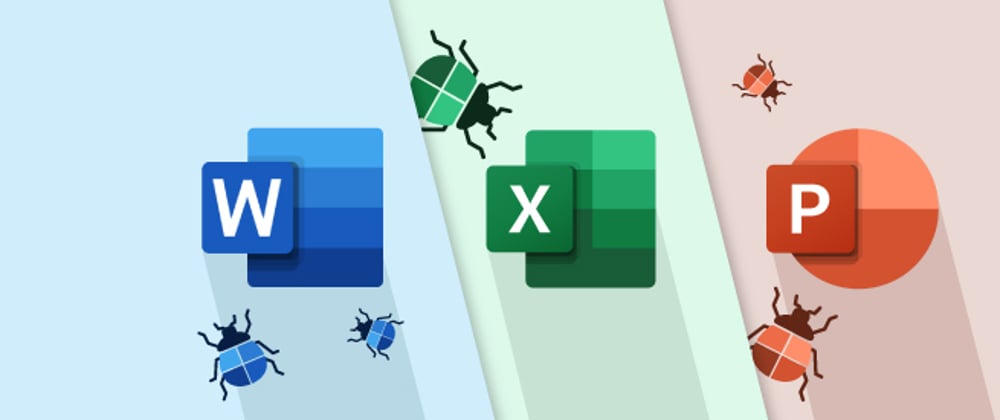When the most mainstream approach to infect PCs, Microsoft Office macros had become undesirable as users, and anti-malware frameworks improved at spotting and blocking infected files. In any case, macro malware is right now enjoying something of a rebound.
Macros give an approach to control users to automate essential assignments in the Office 365 set-up of uses. If you need to embed a particular section of text into a few archives simultaneously or to refresh cells in a spreadsheet page as values change, you could go through a macro to speed the cycle.
Programmers can likewise use macros to automate different errands, for example, downloading outer contents (like a virus) onto your PC. Macros can likewise be given raised advantages, permitting them more excellent command over your framework. Numerous business and home users disable Office macros on their Windows PCs to avoid these issues.
The actual hack is very mind-boggling, depending on Microsoft Office and Mac OS's defects to work. If you introduce the most recent updates for Office 365 or Mac OS, the exploit will come up short, and no malware will be introduced.
A reasonable update for Office 365 users
Office macros will consistently introduce an expected issue for users. Ordinarily, just Windows PC users are affected, yet this new exploit is a timely update that Apple users ought not to be careless by the same token. Although the Mac abuse has brought the subject of full-scale malware back into the spotlight, it stays a problematic issue for Windows users as well.
The least demanding approach to secure yourself anti this kind of malware is to disable Office 365 macros on your PC by a wide margin. Microsoft has even arranged a convenient guide: Enable or disable macros in Office records. Likewise, you ought to guarantee that your PC is ensured with a viable enemy of malware apparatus, permitting you to recognize and hinder dubious Office macros naturally. But how do antivirus companies figure out if these macros are malicious or just regular macros? Well someone has to build signatures to detect them. To do so, you need a malware analyst to perform malware analysis on the file. This link should teach you what this process looks like, in this example the researcher analyzes an executable file to find hidden "packed" code that an antivirus might not pick up right away. Pretty cool right?
By picking a high-level tool of malware protection, you can prevent macros from being launched unintentionally. Likewise, you can depend on the framework to prevent automated download and establish viruses, malware, and other risky things.
Large-scale malware may not be a bleeding-edge hacking procedure; however, it certainly still works. Luckily, you can make strides that will shield your PC from getting infected. If you're using an older Office version, it may run macros naturally, so you'd genuinely better check.
You may envision that if macros don't run naturally, the issue is addressed. Tragically, large-scale virus creators are shockingly acceptable at persuading individuals to turn on the macros in their archives. In the first place, they persuade you the report is significant: probably it's a receipt, a letter from the IRS, or something similarly critical. At that point, they reveal to you the document's "secured" and you need to run macros to see it. You agree, and zap – they have you.
Don't ever fall victim to that. Just close and delete the file
There's not a viable replacement for being brilliant, yet it isn't sufficient. A 2017 security report recognized a few different ways an attacker can conceivably convey malware using Office archives even without macros.
So it would be best if you additionally had proficient grade protection to malware security which consolidates continuous following dependent on a regularly updated worldwide information base of attacks and computerized reasoning to perceive and quickly end new types of attack dependent on their conduct.
Educate Your Users
The most important thing you can do is educate your users not to trust email attachments or messages from strangers. These people are your first line of defense.





Top comments (0)